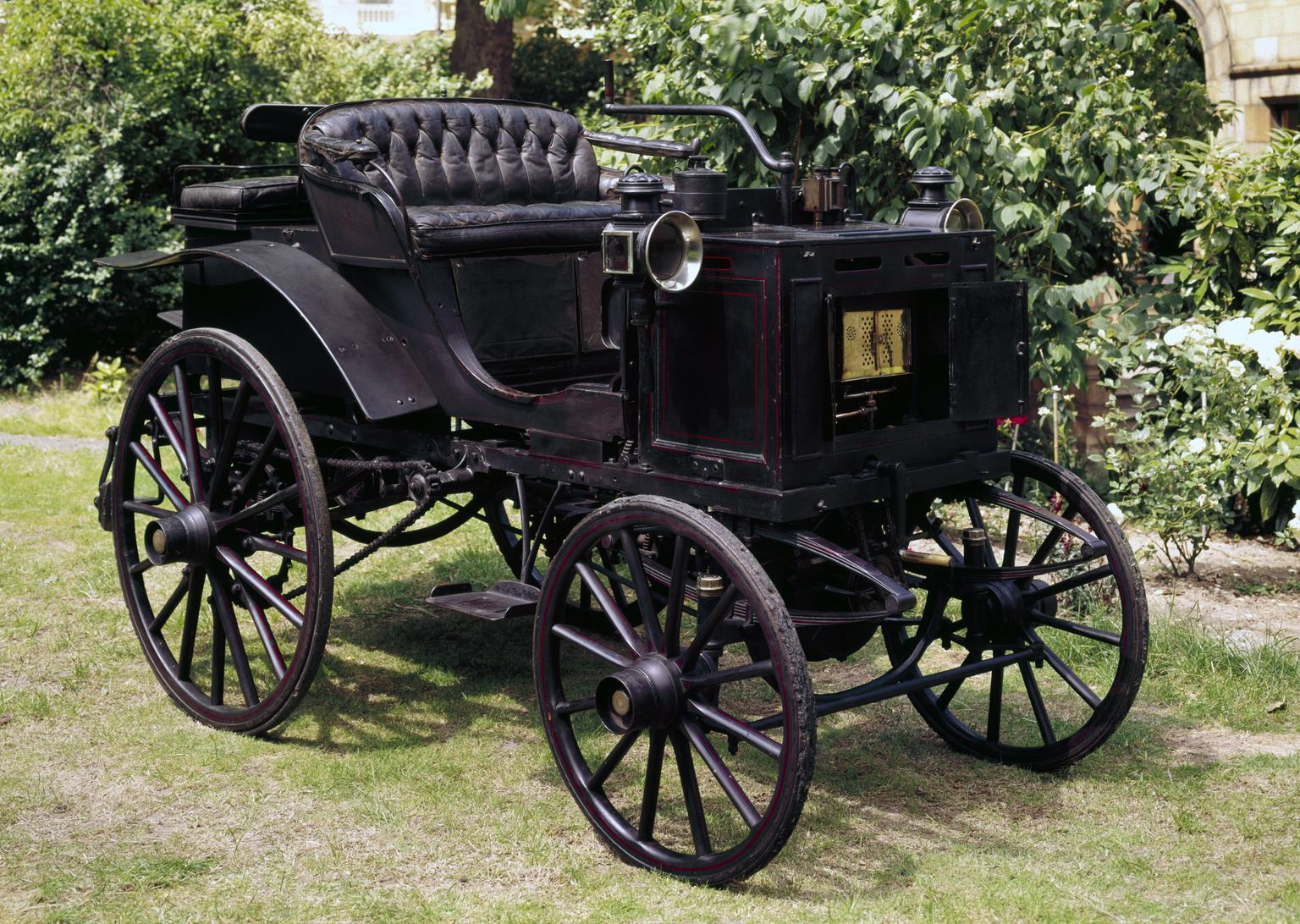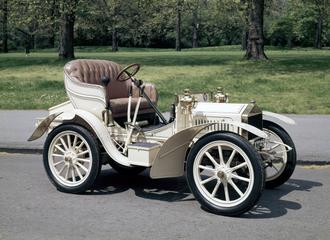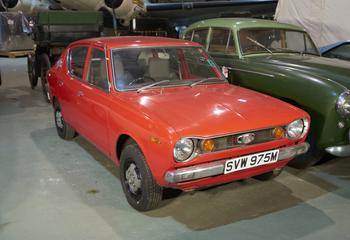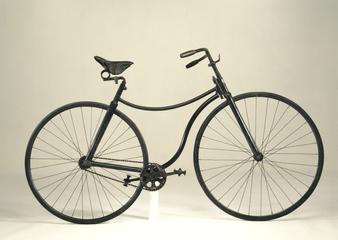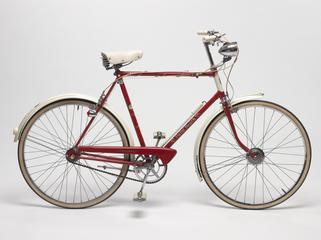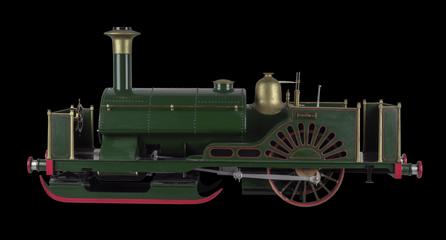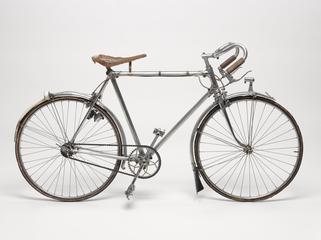Panhard Levassor 4hp motor car, 1894-5. The engine is a twin-cylinder Daimler. The first owner of this car, the Hon Evelyn Ellis, was one of a small number of pioneer British motorists who had the vision to see the importance of the developing motor car. The first car imported into Britain, it made its first road journey of 90 km (56 miles) on 5 July 1895. The car also took part in the first Emancipation Run from London to Brighton on 14 November 1896, which was held to celebrate the coming into force of legislation which freed motor cars of the need to be preceded by a pedestrian, and raised the speed limit to 19 km/h (12 mph). From this moment motoring in Britain was able to develop.
Panhard & Levassor were pre-eminent among early French car makers and boosted their reputation through a number of successes in long-distance road races on the Continent in the 1890s. In the early years a variety of positions were tried for the engine and drive-train but, in 1891, Panhard & Levassor adopted a front-mounted engine followed by a clutch, a centrally mounted gearbox and final drive to the rear axle. This ‘système Panhard’ became standard until the widespread adoption of front-wheel drive cars in the 1960s and is still common on larger cars.
This was the first car imported into England and played an important role in the introduction of motoring. It was made for the Hon. Evelyn Ellis and followed the design with which Emile Levassor won the world’s first motor race – the 732 mile Paris-Bordeaux-Paris event – in June 1895.
Ellis was one of a small group of motoring visionaries who campaigned for the repeal of the restrictive legislation which was hampering the development of motor car use and manufacture in Britain. In November 1896 their success was celebrated by the Emancipation Run from London to Brighton (the so-called ‘Red Flag Run’), and Ellis took part driving this car.

